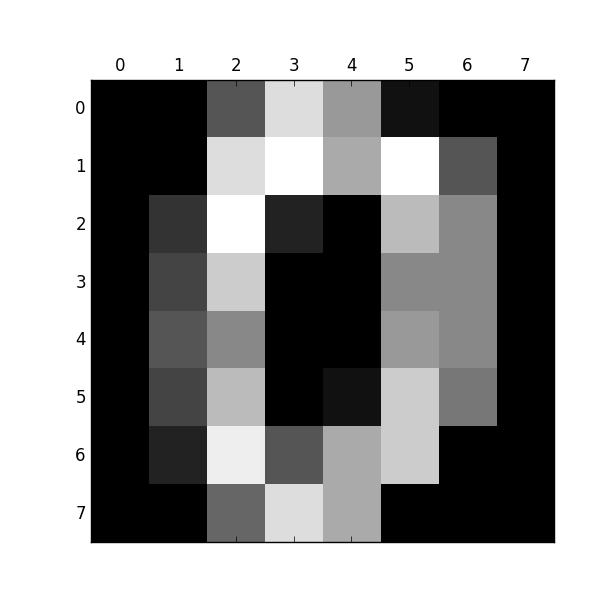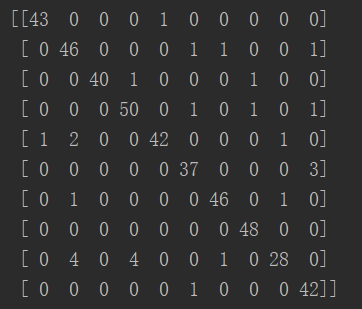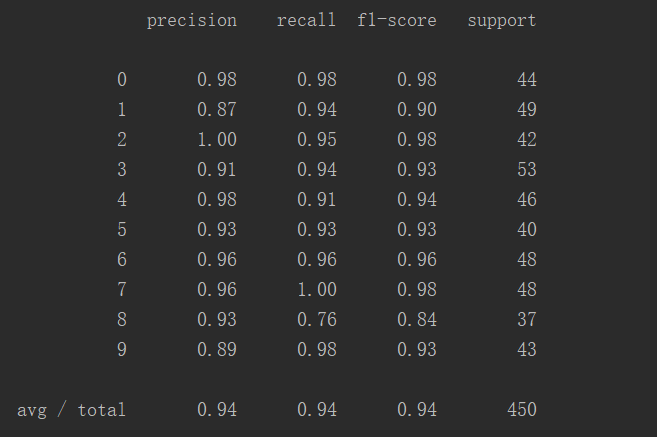首先用Python實現簡單地神經網路演算法: 使用自己定義的神經網路演算法實現一些簡單的功能: 小案例: X: Y 0 0 0 0 1 1 1 0 1 1 1 0 from NN.NeuralNetwork import NeuralNetwork import numpy as np nn = Neu ...
首先用Python實現簡單地神經網路演算法:
import numpy as np # 定義tanh函數 def tanh(x): return np.tanh(x) # tanh函數的導數 def tan_deriv(x): return 1.0 - np.tanh(x) * np.tan(x) # sigmoid函數 def logistic(x): return 1 / (1 + np.exp(-x)) # sigmoid函數的導數 def logistic_derivative(x): return logistic(x) * (1 - logistic(x)) class NeuralNetwork: def __init__(self, layers, activation='tanh'): """ 神經網路演算法構造函數 :param layers: 神經元層數 :param activation: 使用的函數(預設tanh函數) :return:none """ if activation == 'logistic': self.activation = logistic self.activation_deriv = logistic_derivative elif activation == 'tanh': self.activation = tanh self.activation_deriv = tan_deriv # 權重列表 self.weights = [] # 初始化權重(隨機) for i in range(1, len(layers) - 1): self.weights.append((2 * np.random.random((layers[i - 1] + 1, layers[i] + 1)) - 1) * 0.25) self.weights.append((2 * np.random.random((layers[i] + 1, layers[i + 1])) - 1) * 0.25) def fit(self, X, y, learning_rate=0.2, epochs=10000): """ 訓練神經網路 :param X: 數據集(通常是二維) :param y: 分類標記 :param learning_rate: 學習率(預設0.2) :param epochs: 訓練次數(最大迴圈次數,預設10000) :return: none """ # 確保數據集是二維的 X = np.atleast_2d(X) temp = np.ones([X.shape[0], X.shape[1] + 1]) temp[:, 0: -1] = X X = temp y = np.array(y) for k in range(epochs): # 隨機抽取X的一行 i = np.random.randint(X.shape[0]) # 用隨機抽取的這一組數據對神經網路更新 a = [X[i]] # 正向更新 for l in range(len(self.weights)): a.append(self.activation(np.dot(a[l], self.weights[l]))) error = y[i] - a[-1] deltas = [error * self.activation_deriv(a[-1])] # 反向更新 for l in range(len(a) - 2, 0, -1): deltas.append(deltas[-1].dot(self.weights[l].T) * self.activation_deriv(a[l])) deltas.reverse() for i in range(len(self.weights)): layer = np.atleast_2d(a[i]) delta = np.atleast_2d(deltas[i]) self.weights[i] += learning_rate * layer.T.dot(delta) def predict(self, x): x = np.array(x) temp = np.ones(x.shape[0] + 1) temp[0:-1] = x a = temp for l in range(0, len(self.weights)): a = self.activation(np.dot(a, self.weights[l])) return a
使用自己定義的神經網路演算法實現一些簡單的功能:
小案例:
X: Y 0 0 0 0 1 1 1 0 1 1 1 0from NN.NeuralNetwork import NeuralNetwork import numpy as np nn = NeuralNetwork([2, 2, 1], 'tanh') temp = [[0, 0], [0, 1], [1, 0], [1, 1]] X = np.array(temp) y = np.array([0, 1, 1, 0]) nn.fit(X, y) for i in temp: print(i, nn.predict(i))

發現結果基本機制,無限接近0或者無限接近1
第二個例子:識別圖片中的數字
導入數據:
from sklearn.datasets import load_digits import pylab as pl digits = load_digits() print(digits.data.shape) pl.gray() pl.matshow(digits.images[0]) pl.show()
觀察下:大小:(1797, 64)
數字0

接下來的代碼是識別它們:
import numpy as np from sklearn.datasets import load_digits from sklearn.metrics import confusion_matrix, classification_report from sklearn.preprocessing import LabelBinarizer from NN.NeuralNetwork import NeuralNetwork from sklearn.cross_validation import train_test_split # 載入數據集 digits = load_digits() X = digits.data y = digits.target # 處理數據,使得數據處於0,1之間,滿足神經網路演算法的要求 X -= X.min() X /= X.max() # 層數: # 輸出層10個數字 # 輸入層64因為圖片是8*8的,64像素 # 隱藏層假設100 nn = NeuralNetwork([64, 100, 10], 'logistic') # 分隔訓練集和測試集 X_train, X_test, y_train, y_test = train_test_split(X, y) # 轉化成sklearn需要的二維數據類型 labels_train = LabelBinarizer().fit_transform(y_train) labels_test = LabelBinarizer().fit_transform(y_test) print("start fitting") # 訓練3000次 nn.fit(X_train, labels_train, epochs=3000) predictions = [] for i in range(X_test.shape[0]): o = nn.predict(X_test[i]) # np.argmax:第幾個數對應最大概率值 predictions.append(np.argmax(o)) # 列印預測相關信息 print(confusion_matrix(y_test, predictions)) print(classification_report(y_test, predictions))
結果:
矩陣對角線代表預測正確的數量,發現正確率很多

這張表更直觀地顯示出預測正確率:
共450個案例,成功率94%




